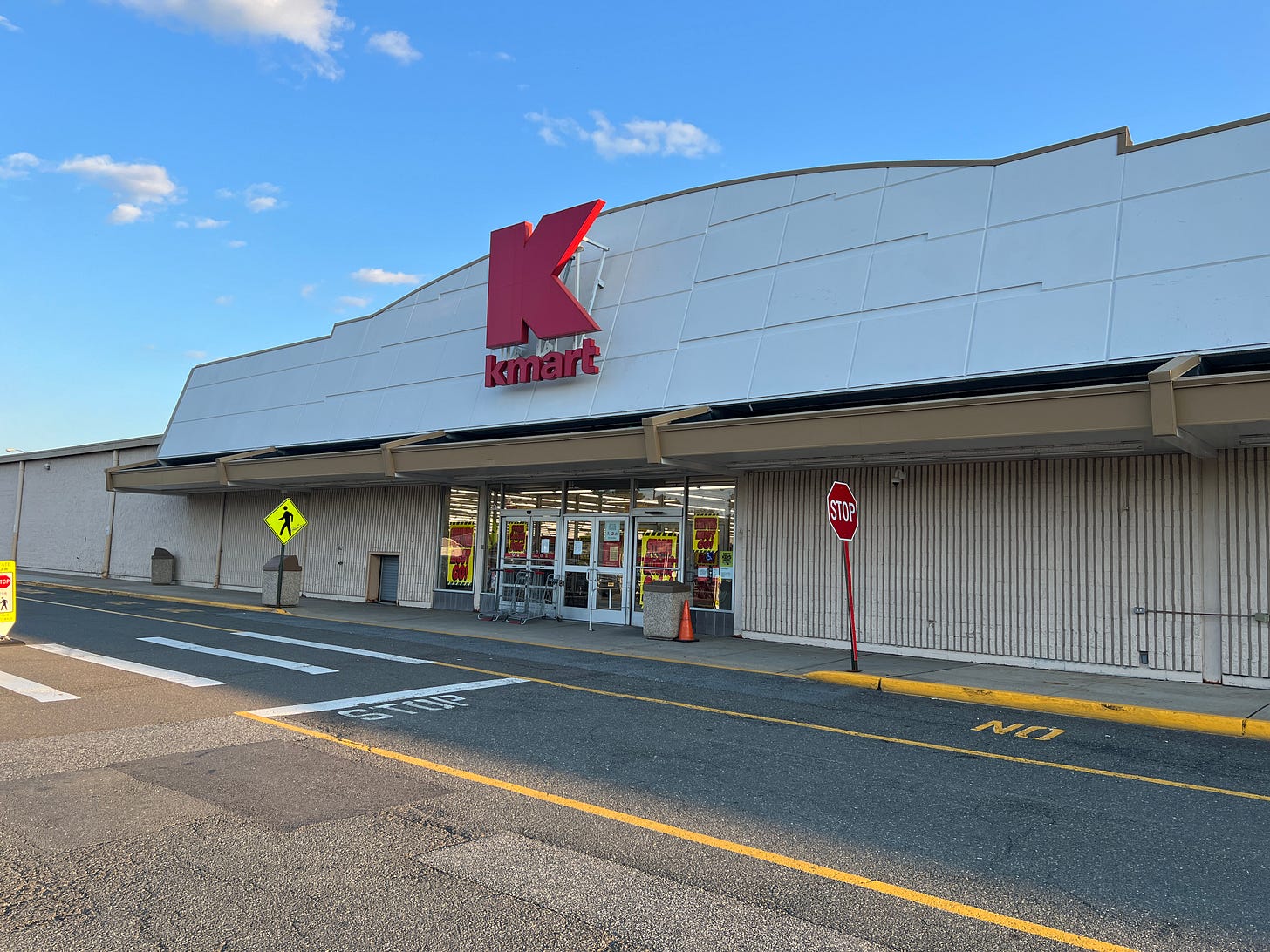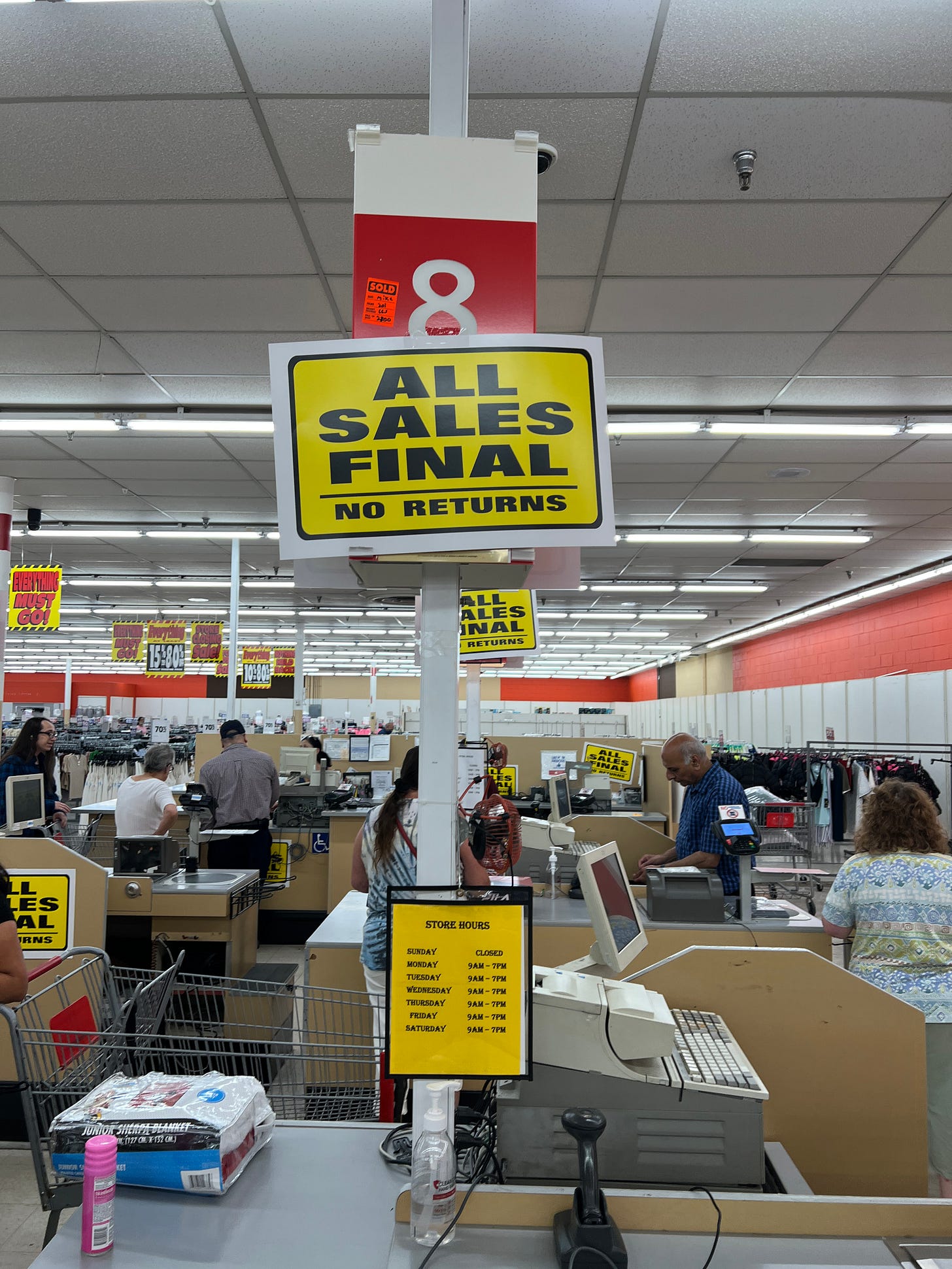Blue Light Blues: Inside one of America's last Kmarts as it prepares to close
After the New Jersey store is shuttered, there will only be two Kmarts left in the continental United States.
The ultimate Blue Light Special happens when a Kmart store puts everything up for sale, right down to the Blue Light itself, as it prepares to turn off the fluorescents forever and go out of business.
That’s the sad story at the Kmart in Westwood, New Jersey, the last in New Jersey, closing on the eve of its 41st birthday. In fact, once this Kmart is gone, there will only be two left in the continental United States — one in Miami, Florida, and another in Bridgehampton, on New York’s Long Island.
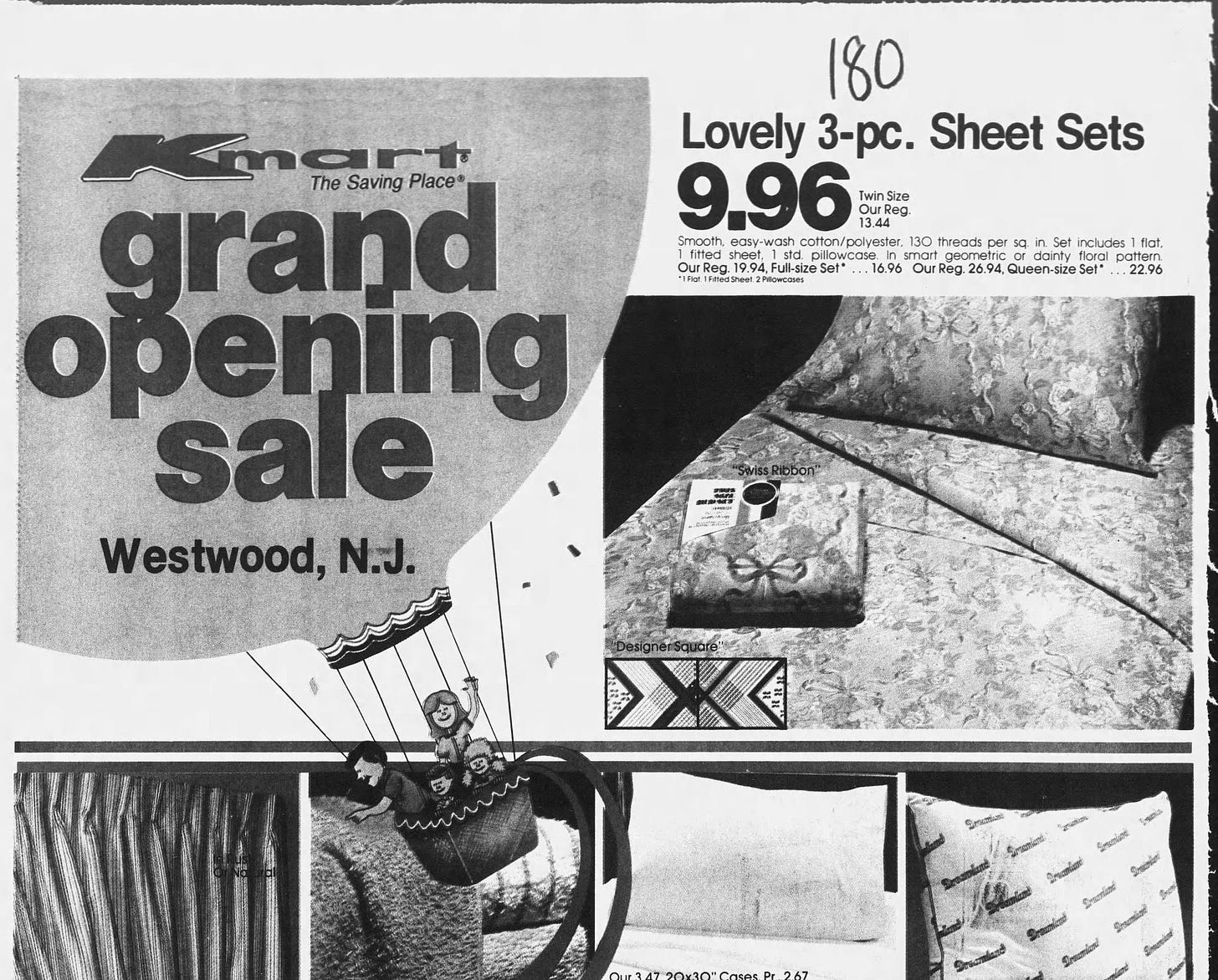
A couple of weekends ago, I visited this New Jersey store twice. First, on a Saturday evening, I explored the aisles — or what’s left of them, and made a few finds of interest to fellow Retrologists. (That includes you if you’ve read this far!)
I returned the next day, knowing the store would be closed for the day (they don’t open on Sunday) and the parking lot would be devoid of cars.
I got a moody photo — the Kmart sitting in splendid parking-lot isolation — a photo that will soon be easy to obtain once the store closes for good, reportedly later this month.
The demise of Kmart is well-trodden and incredibly depressing ground. This chain once numbered close to 2,500 in the 1990s. Most Americans lived within driving distance of one, and even Manhattanites could hop on the subway and choose from two, in Astor Place and another at Pennsylvania Station.
Kmart’s heritage traces back to the old S.S. Kresge variety stores, founded in 1899. Kresge introduced the “K-Mart” name for its large discount stores in late 1961.
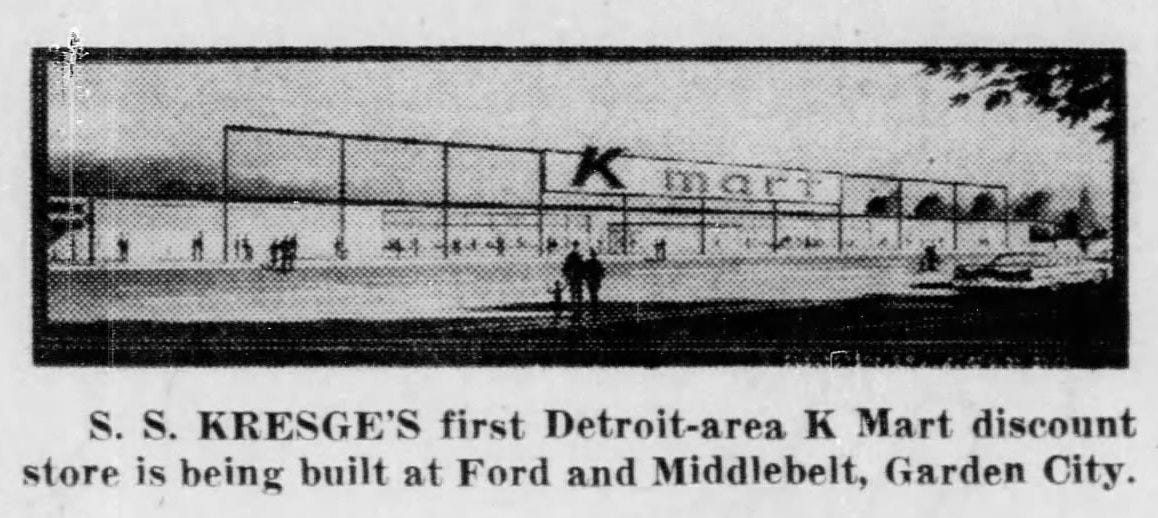
Kmart — at its core still Kresge’s Mart — would long outlive the company’s five-and-dimes and its Jupiter discount stores, and almost outlasted the company it once bought and then went down with, Sears, another name that was once a hotbed of innovation. Sears was Amazon before Amazon, and Kmart was Walmart before Walmart. Both are now ghosts, mismanaged, many experts observe, into oblivion.
Once all the Kmarts are gone in the continental United States, you’ll be more likely to find an old Kresge sign, etched into stone atop a downtown building, than you will one that belonged to Kmart, its big boxes demolished or repurposed, the name abandoned.
If you’ve been following me for a while, you know I have great love and respect for old department stores — be they high-end or deep-discount — and their collective fight for survival and slow demise have been difficult to stomach.
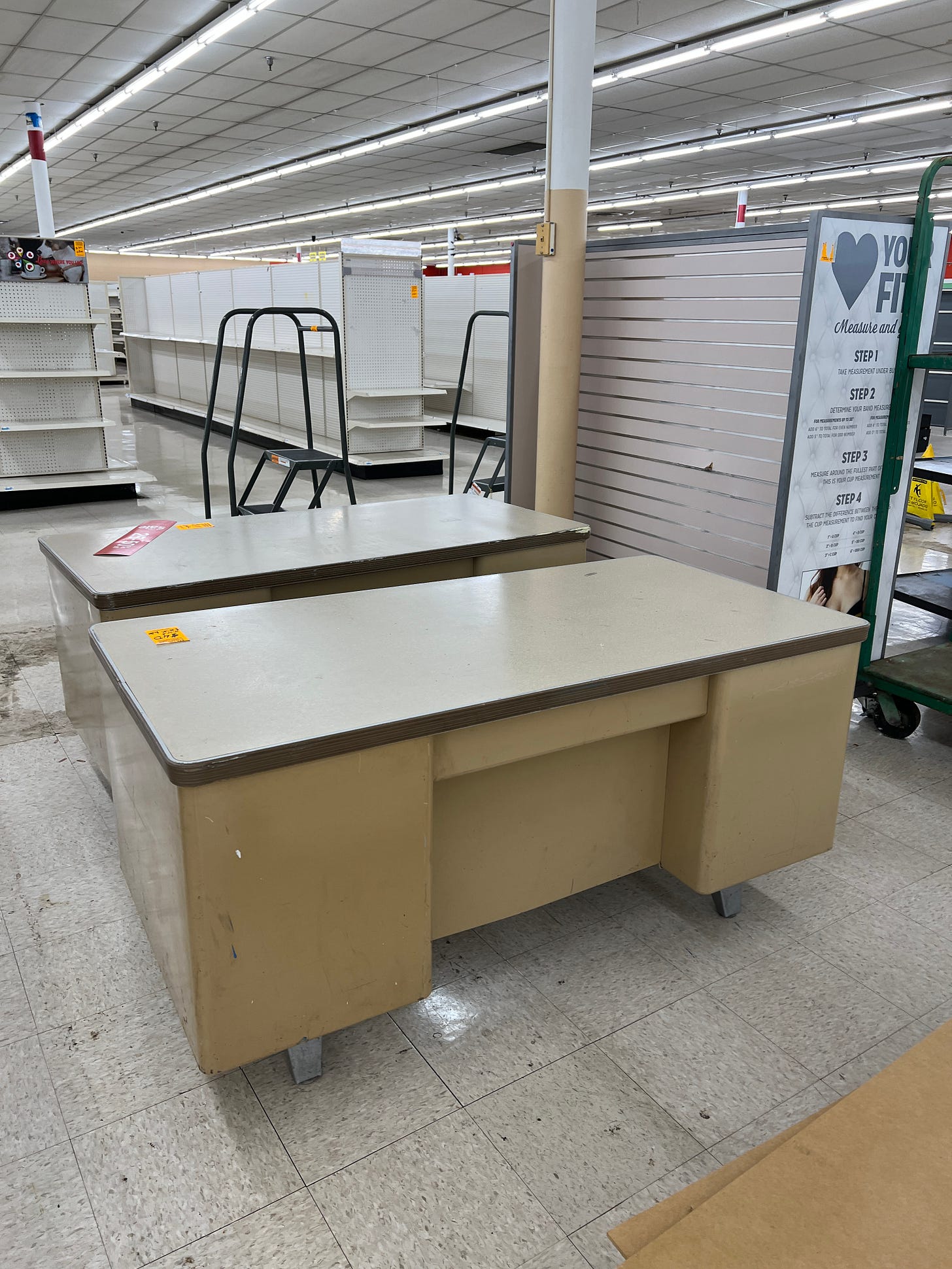
My recent trip was not the first time I paid respects at a doomed Kmart.
Keep reading with a 7-day free trial
Subscribe to The Retrologist by Rolando Pujol to keep reading this post and get 7 days of free access to the full post archives.





